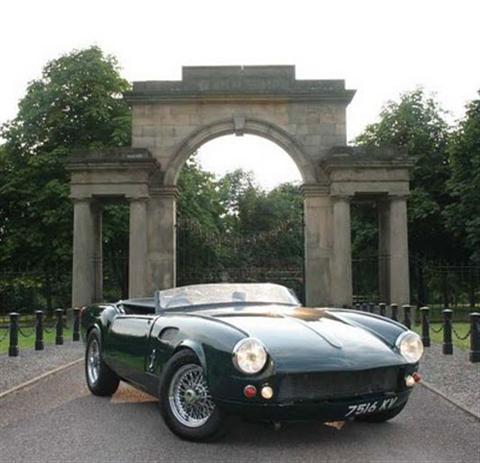Triumph Spitfire MK IV Restoration Parts 5
 5:41 PM
5:41 PM
 Goohara
, Posted in
Mk IV Spitfire
,
Restoration Cars
,
Triumph Spitfire
,
Triumph Spitfire Cars
,
Triumph Spitfire Classic Car
,
Triumph Spitfire Classic Cars
,
Triumph Spitfire MK IV
,
Triumph Spitfire MK IV Restoration
,
0 Comments
Goohara
, Posted in
Mk IV Spitfire
,
Restoration Cars
,
Triumph Spitfire
,
Triumph Spitfire Cars
,
Triumph Spitfire Classic Car
,
Triumph Spitfire Classic Cars
,
Triumph Spitfire MK IV
,
Triumph Spitfire MK IV Restoration
,
0 Comments
Triumph Spitfire MK IV Restoration Parts 5
Triumph Spitfire MK IV
Restoration Parts 5
The bonnet had to be removed for repair of both the bonnet and the front of the chassis. To remove the bonnet the main lights have to be removed, so the wires and loom were labeled (I used inkjet avery labels as the stick to themselves well when wrapped around cables and once written on don't smudge).
Once the lights and cowls are removed the only thing to do is to unbolt the four bolts in the bonnet boxes which are under the over-riders. Although the bonnet is quite large, it was light enough for the wife and I to lift clear and move out of the way.
With the bonnet safely stored out of harms way there is plenty of room to get access to everything. The front quarter panels on the Triumph Spitfire were made of steel, but these have a tendency to rot from the inside out, and a lot of owners have replaced these panels with fiberglass equivalents, as had been done on mine.
There are only four bolts securing each quarter panel to the chassis and these came free without any problems except that on the passenger side the front cross member was like lace and the quarter panel was holding the cross member together.
Next to be removed was the front bumper which attaches with just two bolts at the top of the bonnet boxes. the bumper is not in too good a condition so either a good second hand will be found or I will look at getting mine re chromed.
The last job for january was to remove the wiring loom, This is a slow and tedious job, but if you are going to reuse the loom as I plan to, everything must be well labeled and removed carefully.
In next months article I will write about removing all the ancillary components to facilitate the removal of the engine and gearbox.
Once the lights and cowls are removed the only thing to do is to unbolt the four bolts in the bonnet boxes which are under the over-riders. Although the bonnet is quite large, it was light enough for the wife and I to lift clear and move out of the way.
With the bonnet safely stored out of harms way there is plenty of room to get access to everything. The front quarter panels on the Triumph Spitfire were made of steel, but these have a tendency to rot from the inside out, and a lot of owners have replaced these panels with fiberglass equivalents, as had been done on mine.
There are only four bolts securing each quarter panel to the chassis and these came free without any problems except that on the passenger side the front cross member was like lace and the quarter panel was holding the cross member together.
Next to be removed was the front bumper which attaches with just two bolts at the top of the bonnet boxes. the bumper is not in too good a condition so either a good second hand will be found or I will look at getting mine re chromed.
The last job for january was to remove the wiring loom, This is a slow and tedious job, but if you are going to reuse the loom as I plan to, everything must be well labeled and removed carefully.
In next months article I will write about removing all the ancillary components to facilitate the removal of the engine and gearbox.































